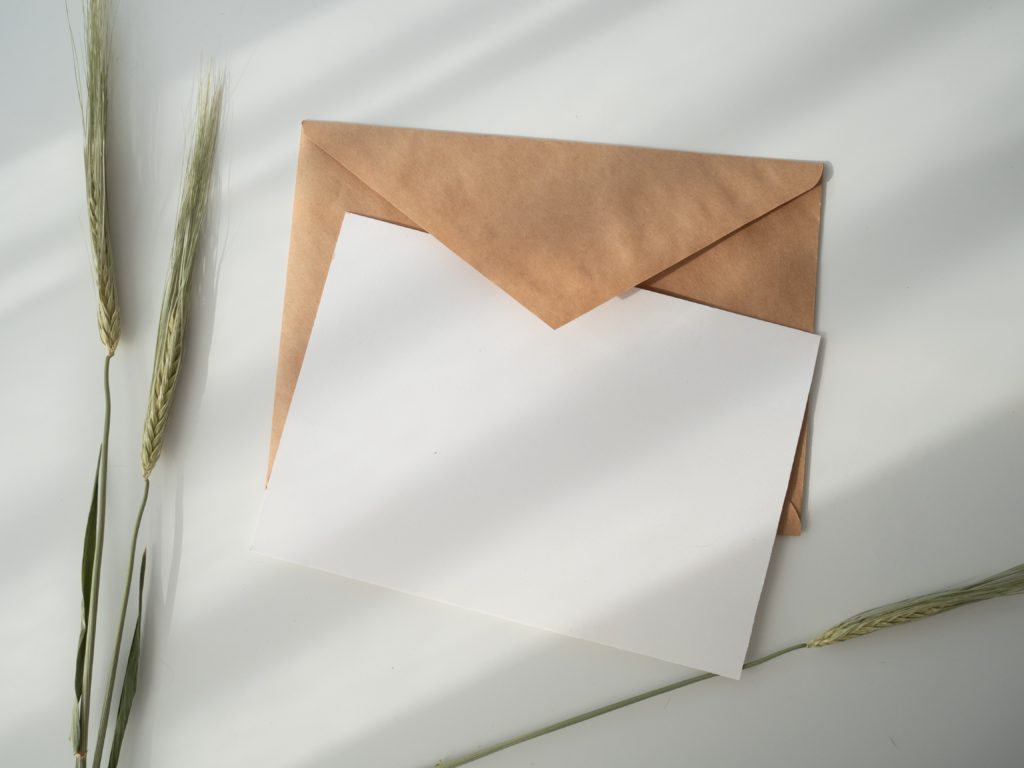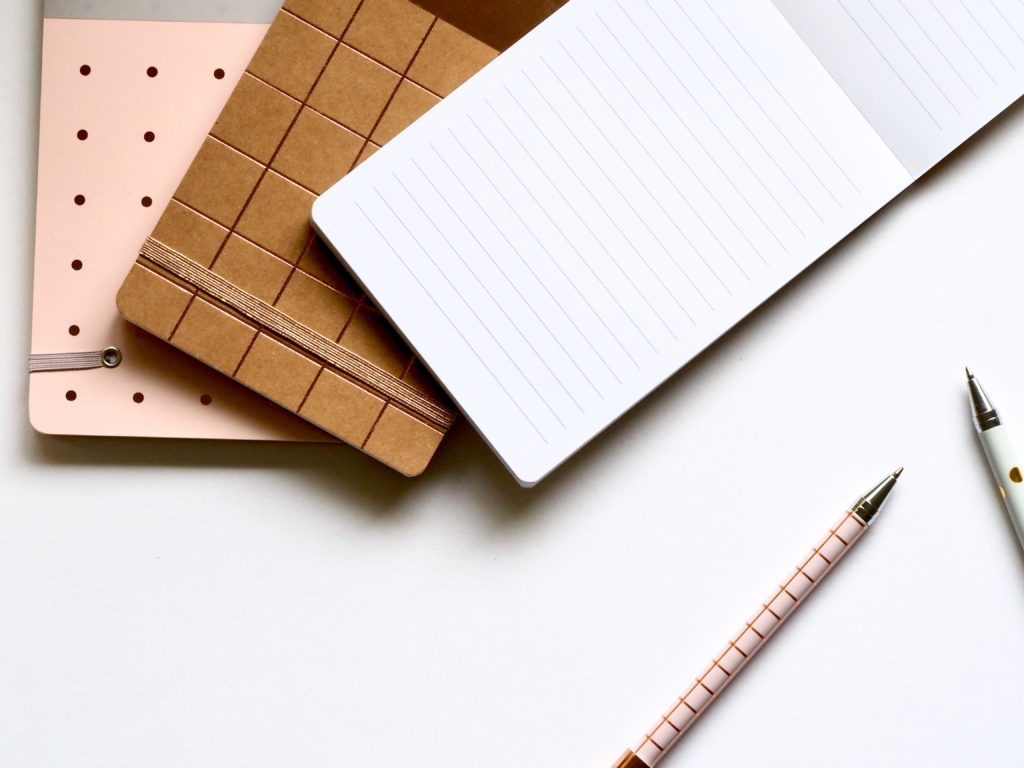How To Start Your College Application

The first time that a student comes to you and asks you to write a recommendation letter can feel a bit overwhelming. You know that writing a quality recommendation letter is important to the student, and you want to provide them with a good letter.
As the requests for recommendation letters start pouring in, it can be easy to feel overwhelmed and wonder when/how you’re going to have time to complete the letters.
Start Early
Set the stage by being upfront about ground rules and deadlines when it comes to asking for recommendation letters. Consider including this information in your course syllabus and on your course website. Next, set guidelines for how much notice students need to give when asking for a recommendation letter. I require students to ask at least 2 weeks before the due date.
Determine how you want students to submit requests.
Is okay for students to email you? Do you accept verbal requests? I recommend having a clear process so that it’s easy for you to stay organized. My students requests need to be in writing and include the following information:
- When is the due date?
- Is the recommendation coming through Common APP, or is there a specific place that it needs to be submitted?
- List all of the courses that you’ve taken with me.
- List any relevant extracurricular activities
- Tell me more about the schools that you’re applying to and what do you hope to study?
The above questions are important as the answers will help you to write a more personalized recommendation letter. It also saves you time from having to look up all of the classes that the student has taken with you.
Save all recommendation letters
Make sure to save all of the letters that you write. It’s possible that once you’ve written one for a student they will come back to you later needing you to submit a letter to another school. By making sure that you’ve saved all of your letters ( titled with the student’s name), you can quickly search through your files and submit the letter.
This also means that you don’t have to start from scratch every time.
What to include in the letter
- What is your relationship with the student? This is where you’re going to include information about classes that they’ve taken with you. Be specific what stood out to you about that student.
- Who are you? Share a few sentences explaining your experience and education. ( This is a part that can stay the same for each letter)
- Why do you recommend the student? Here is where it can be helpful to know what the student wants to study, as it will help you to be more specific. You can also bring in connections from the list of extracurricular activities that the student provided.
- Include your contact information, in case they want to reach out with further questions
Clear communication upfront will save you and your students a lot of time and headaches.
Tips on How to Ask for a Recommendation Letter
How to ask for a recommendation letter.
You know that you need a recommendation letter for a college application, your dream job, or a special program that you really want to get into.
First, you need to decide who you’re going to ask for recommendations. Start by creating a list of past teachers or people that have played an important role in your life. This could be a teacher, tutor, or coach. It could also be a mentor, manager, or boss. After you’ve created your list of possible people, make notes beside each person.
- How long have you known the person?
- How does your relationship with them reflect or connect to where you want to go to school?
- Would this person say positive things about you?
- Is this person is a good writer?
Now that you have your list, reach out to the first 2-3 people that most closely align with your goals. For example, if you’re hoping to study art, and you have an art teacher or art tutor on your list, you want to be sure to reach out to them.
When you email the person, you want to make this as easy for them as possible. If they’re a teacher, they may receive a lot of requests. And if they aren’t a teacher this may be the first time that they’ve been asked to write a recommendation letter, making them feel a bit unsure. Make sure that you’re giving them at least 2 weeks notice, the more time the better.
Provide the following information in writing:
- Where are you applying and what are you thinking about majoring in?
- Will the request come from common app? Or do you need them to send you a copy? If the letter needs to be mailed, provide them with a stamped and addressed envelope.
- Provide a list of other helpful information, what clubs and/or extracurricular activities are you involved in. What classes have you taken that relate to your desired field of study? Also, include any classes/lessons that you’ve taken with this person.
- Explain why you feel that a letter from your selected person is important.
Do not expect or request to view the letter.
If the deadline is approaching (in a day or two), and the letter hasn’t been submitted, send a respectful reminder. It’s possible that they forgot, or that the digital request ended up in their junk or spam folder.
Here is a sample email to get you started.
Hello, _____________ (name)
Would you be willing to write a recommendation letter for me?
I’m planning to apply to the following schools, ( list schools), and hope to major in ( list possible majors).
Your recommendation is important to me because ( explain why)
Select which is relevant for you
If you’re willing to write a recommendation I wanted to let you know that you’ll receive a request through Common APP. If you’ve never used common app before it will require you to create an account with your email. Once logged in, you should see my name. Select my name and follow the instructions. It will let you type the recommendation letter on the platform, or upload a document.
If you’re willing to write a recommendation letter, I’ll need you to email a copy to the following email addresses.
If you’re willing to write a recommendation letter, please email me the completed letter as a PDF.
To make it easier for you to write the letter, I wanted to remind you that I took the following classes with you ( list the classes).
Thank you
Tools to Make Your Feel More Confident About Writing
I often have students in art class they don’t feel comfortable writing.
I myself wasn’t always a big fan. As with most things in life, it takes practice and access to the proper tools. Two tools that I use myself and also share with my students are Grammarly and the Hemmingway Editor. Both of have free and paid for versions.
I tend to be a fast typer and a terrible editor, so discovering grammarly.com was like a dream come true. Seriously, it’s like having an English teacher looking over your shoulder reminding you to add commas and to stop using really over and over. Maybe you don’t love the idea of having an English teacher looking over you’re shoulder, but trust me, you’re going to love this. It saves you time, keeps you from losing points on your writing assignments, and makes you look just a little bit smarter. Now, Grammarly isn’t perfect, you still need to read over your work as well, but it’s a BIG HELP. Grammarly has a Chrome Extension, that will edit as you write papers, emails, or pretty much anything that you type.
The other tool that I love is the Hemmingway Editor.
Hemmingway was known for writing short and concise sentences. ( Have you heard of 6 word stories?) The Hemmingway Editor will help you with sentence structure and length.
My final writing tip is to explore talk to text.
Do you have students that STRUGGLE with writing? Maybe they can’t seem to get their thoughts down on paper in a coherent fashion. Maybe their handwriting is a disaster, or maybe they just broke the hand that they use to write. Using a speech to text tool is a great adaptation for all of the above. There are a lot of options out there so feel free to explore what works best for you and your students. Here’s one that I’m loving and some ways that I”m using it.

